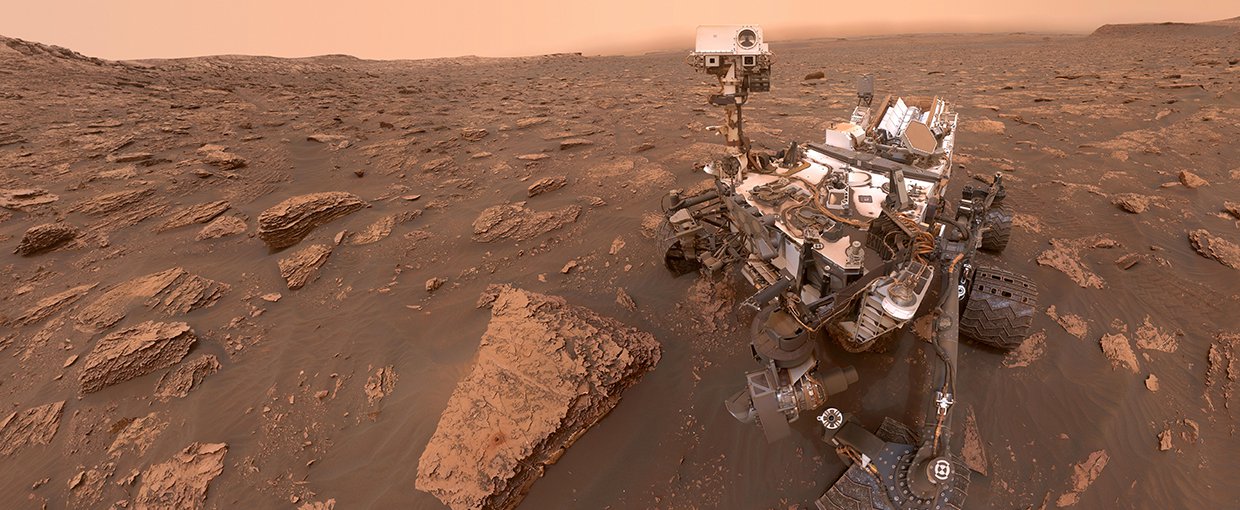
Data from NASA’s Mars Science Laboratory (MSL) rover Curiosity is providing new details about the environment and habitability of early Mars. In a recent study supported by NASA, astrobiologists looked at the ratio of deuterium to hydrogen in the atmosphere of Mars. Deuterium is a stable isotope of hydrogen that contains one neutron and one proton in its nucleus. Deuterium occurs naturally, but in far less abundance than the basic hydrogen atom (which does not have a neutron in its nucleus). The ratio of deuterium to hydrogen in Mars’ atmosphere is higher than would be expected based on known sources, which means that deuterium was likely enriched at some point in Mars’ past.
Curiosity measured the deuterium/hydrogen ratio in clays from Mars’ Hesperian era, a time earlier than 3 billion years ago when the planet experienced volcanic activity and massive floods. By examining this data alongside a new model of Mars’ early atmosphere, the scientists found that substantial greenhouse warming could have helped to warm early Mars and keep its liquid water ocean from freezing. With this stable ocean, a hydrological cycle could have formed, which would have kept surface water circulating. Ultimately, the results suggest that conditions on the surface of Mars during this time could have been stable for millions of years and conducive to prebiotic chemistry.
The study, “A primordial atmospheric origin of hydrospheric deuterium enrichment on Mars,” was published in the journal Earth and Planetary Science Letters.
